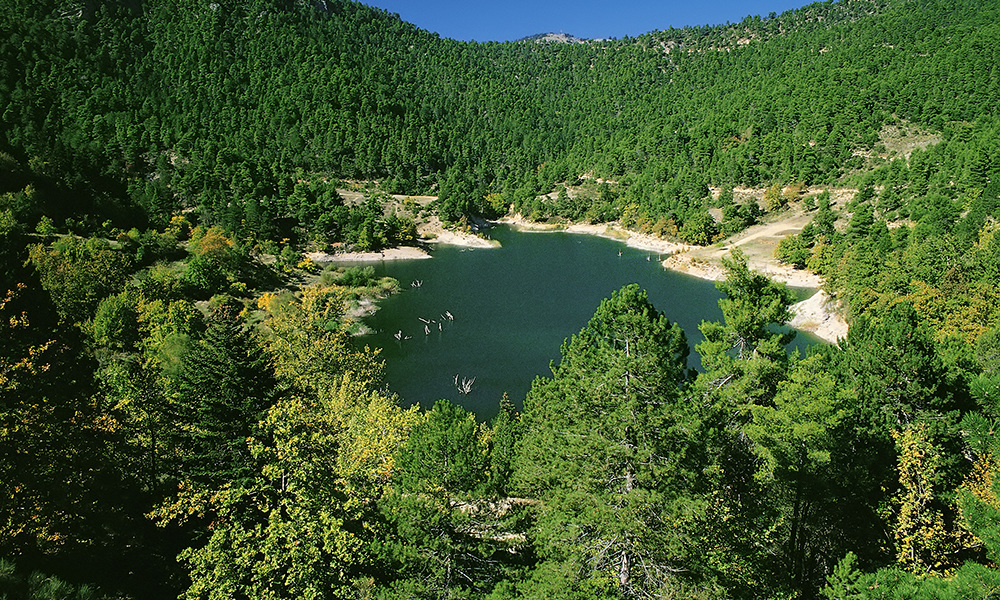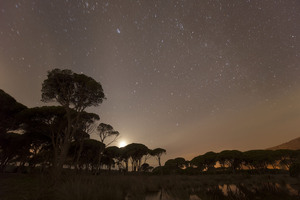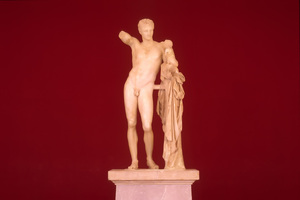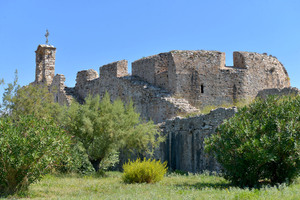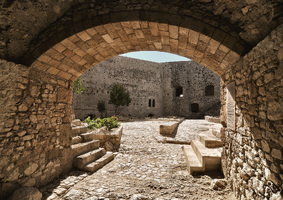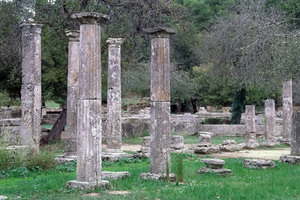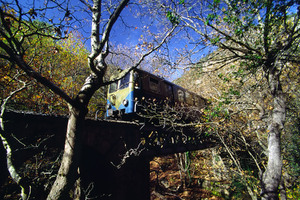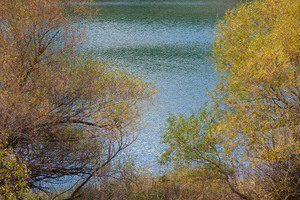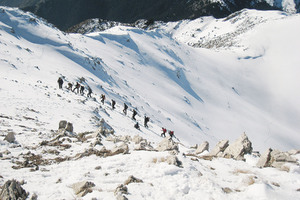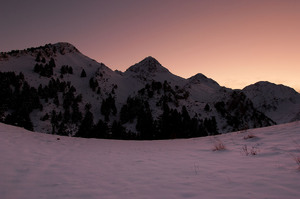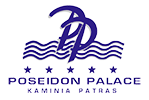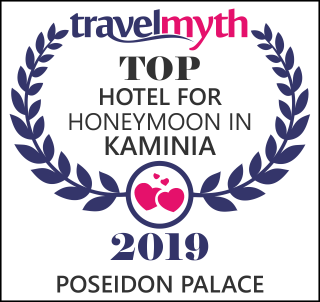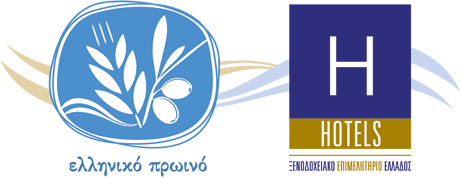
PLACES TO VISIT AROUND PATRAS
OLYMPIA
The most famous religious and athletic centre of ancient Greece, dedicated to Zeus, the father of the gods. Every four years athletes and spectators would flock to the Olympic Games in an uplifting event of worship and competition. The archaeological site contains buildings from different time periods, including temples, treasuries and sports facilities. Those which stand out are the temples to Zeus and Hera and the stadium. Three museums house evidence of the history and archaeology of Olympia: the Archaeological Museum, the Museum of the Ancient Olympic Games and the Museum of the Excavations of Olympia.
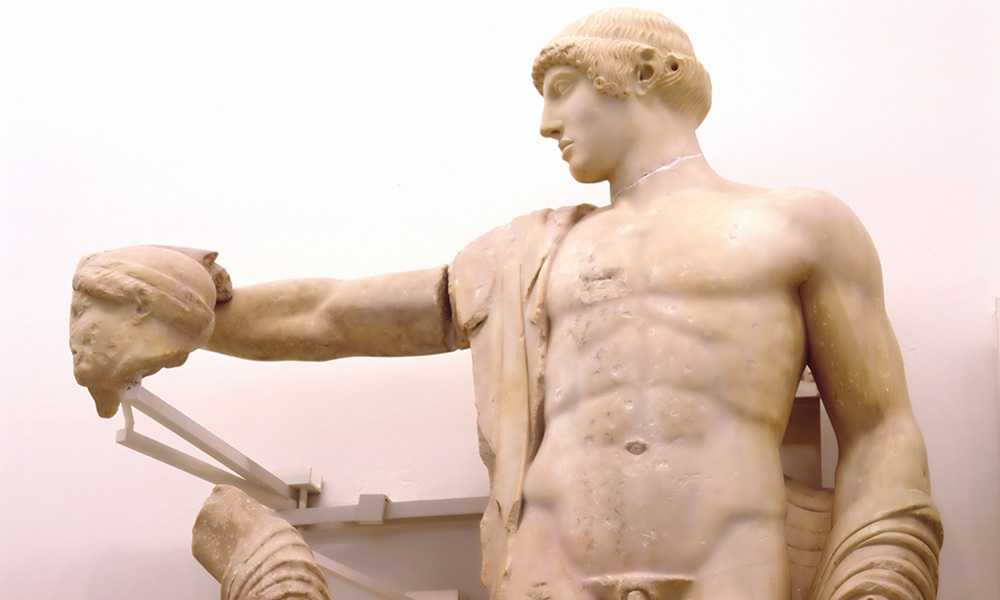
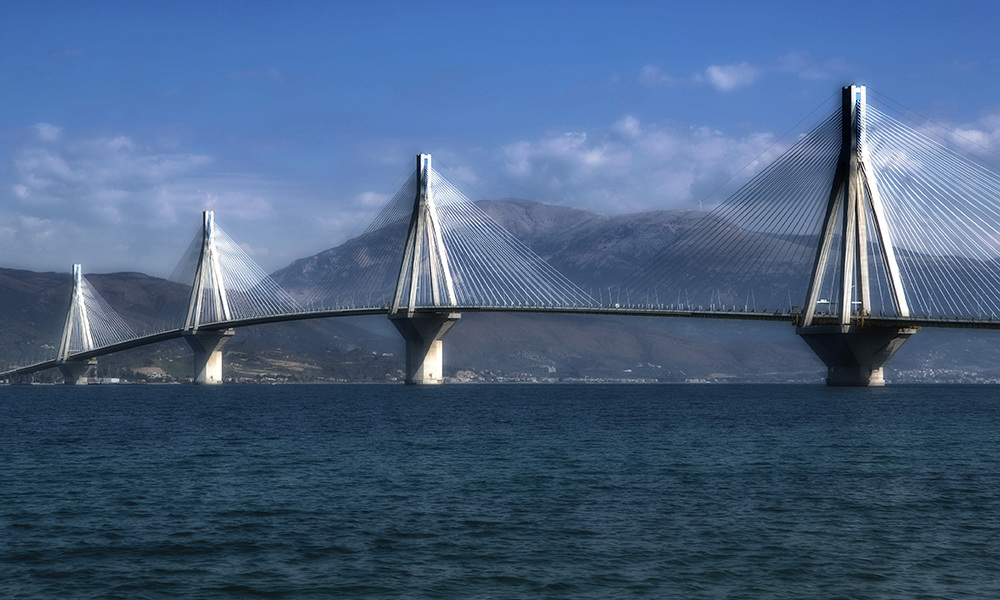
NAFPAKTOS
A seaside town 18 kilometres to the northeast of Patras with a population of 20,000 inhabitants. The most significant point in its long history was the naval Battle of Lepanto (as Nafpaktos was known as then) on 7th October 1571, during which an alliance of European Christian military forces destroyed the Ottoman fleet. Among the participants in this battle was the ‘father’ of Don Quixote, the Spanish writer Miguel de Cervantes. Today the castle, which consists of five levels, and the picturesque harbor constitute the town’s main sights.
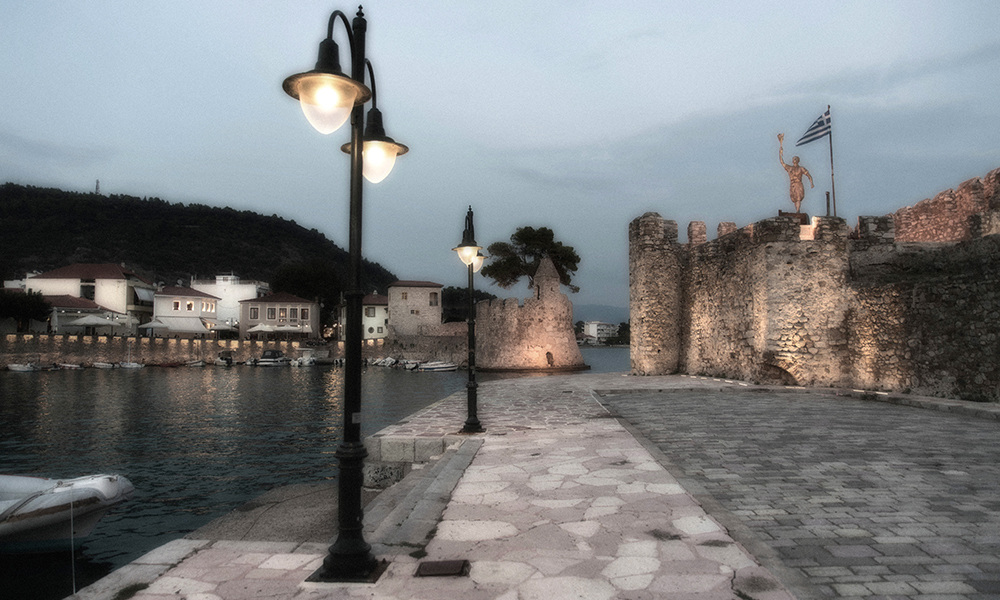
THE NATIONAL PARK OF THE MESOLONGI AND AITOLIKO LAGOONS, THE DELTAS AND LOWER COURSES OF THE ACHELOOS AND EVINOS RIVERS AND THE ECHINADES ISLANDS
The park constitutes one the richest wetlands in Europe and consists of lagoons, river deltas and an archipelago and lies on the southwestern edge of mainland Greece, between the Ionian Sea and the Gulf of Patras. The wealth of recorded fauna attracts the young and old alike who come for bird watching and to take part in environmental workshops and games.
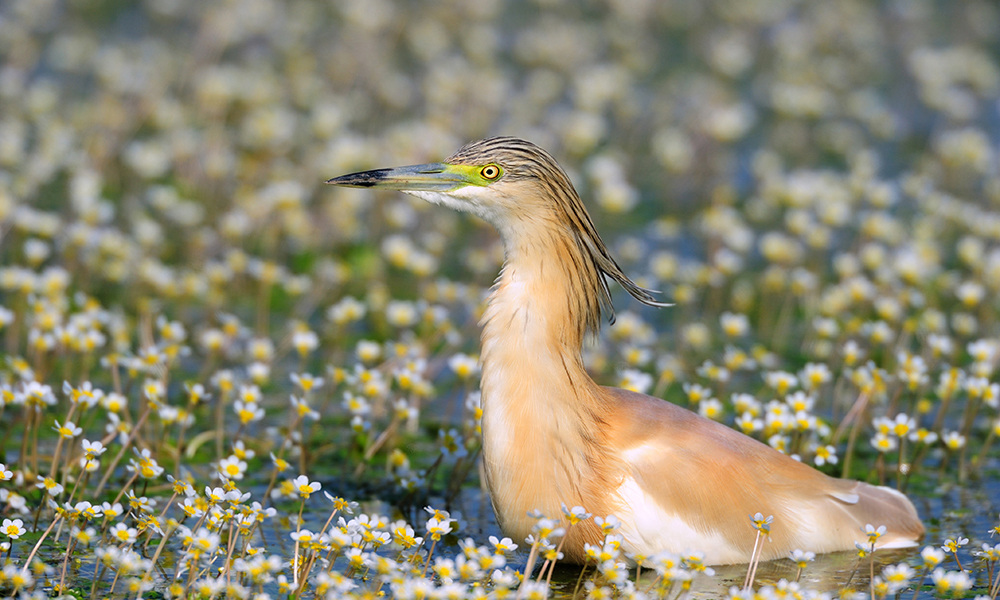
RIO AND ANTIRRIO CASTLES
Rio Castle is also known as the Castle of the Morea due to its location on the northern edge of the Peloponnese, from where it faces mainland Greece. On the opposite shore is Antirrio Castle, or the Castle of Roumeli. They were constructed by the Ottoman Turks at the end of the 15th century. They took on their current form in the 18th century after repairs carried out by the Venetians. A series of restoration works have highlighted their form and use.
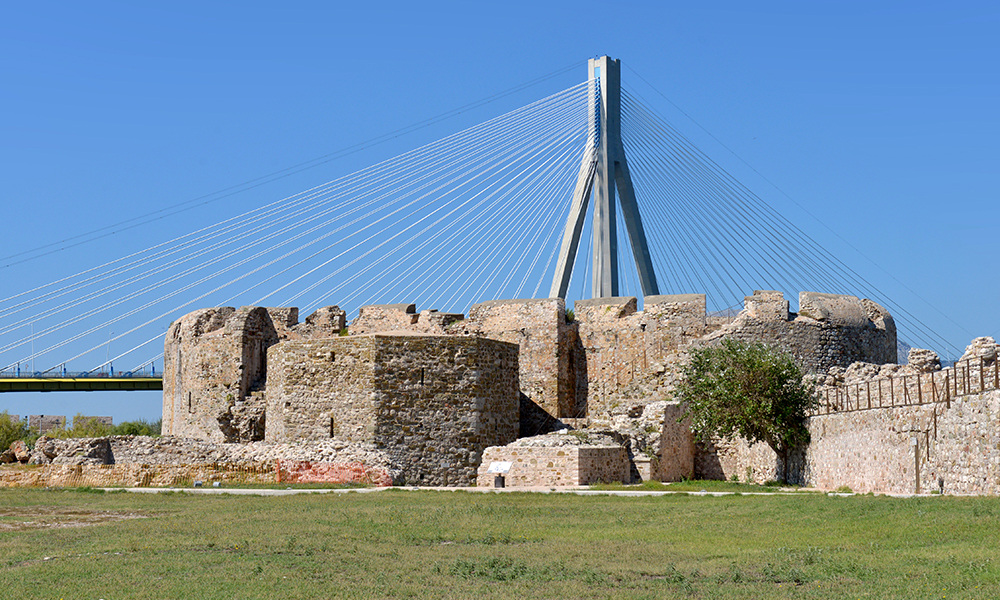
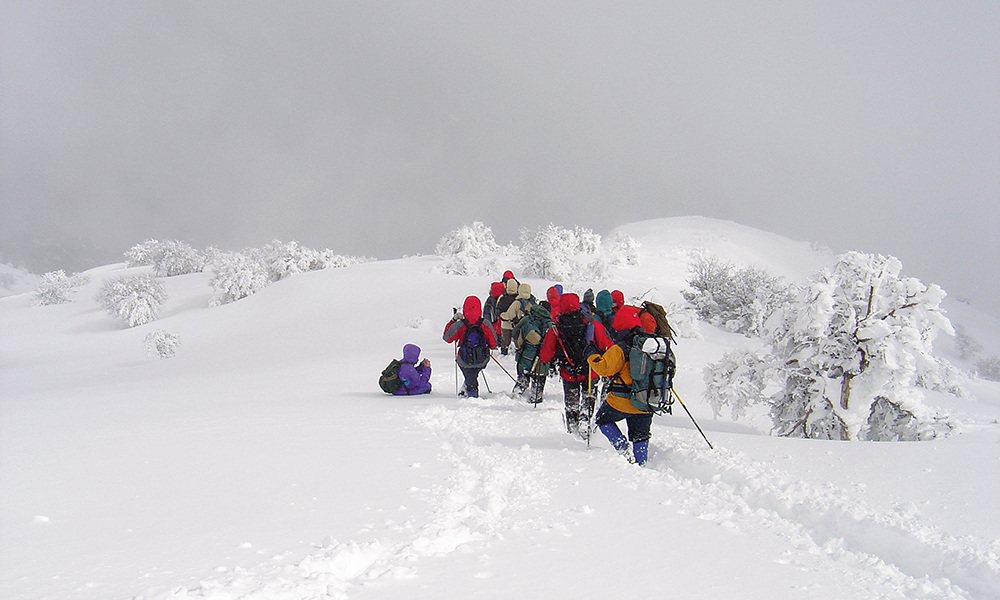
NATIONAL PARK OF THE KOTYCHI-STROPHYLIA WETLANDS
It stretches for 22 kilometres along the northwest coast of the Peloponnese and ranges from around 0.5 to 4 kilometres wide. It is characterized by rich flora and fauna which form an ecosystem of rare beauty. The most notable features are the Prokopos, Kotychi and Papa lagoons, the Lamia marsh, and the Strophylia forest as well as the Black Mountains, on the south side of which are located the Mycenaean Teichos Dymaion (Dymean Walls).
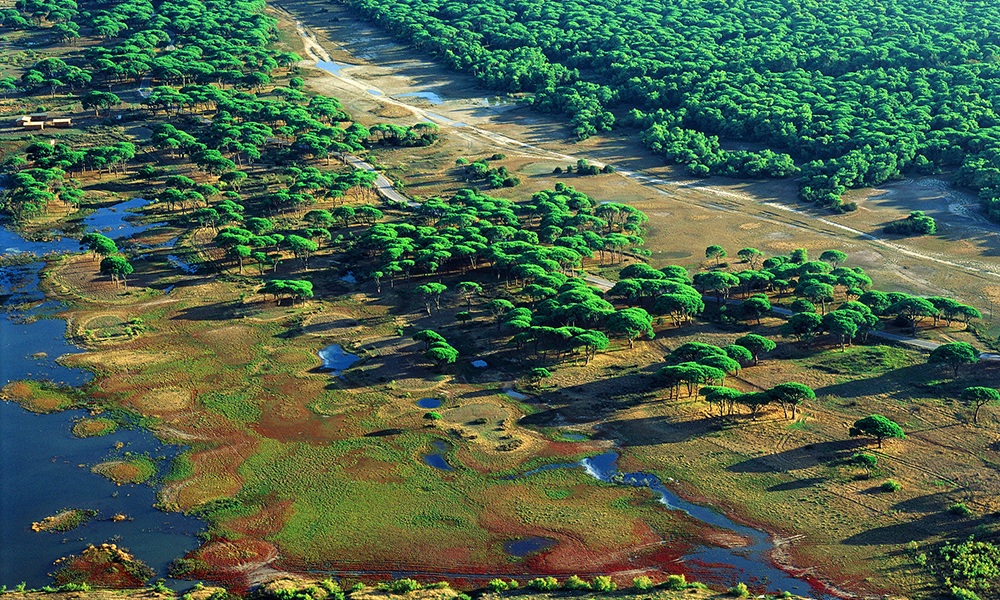
CHLEMOUTSI CASTLE
It was founded between 1220 and 1223 and is the most characteristic monument of the Frankish Principality of Achaia. It dominates the plain of Elis and the view from the top reaches the Ionian Sea. The enceinte, curtain wall and prince’s residence are preserved in excellent condition.
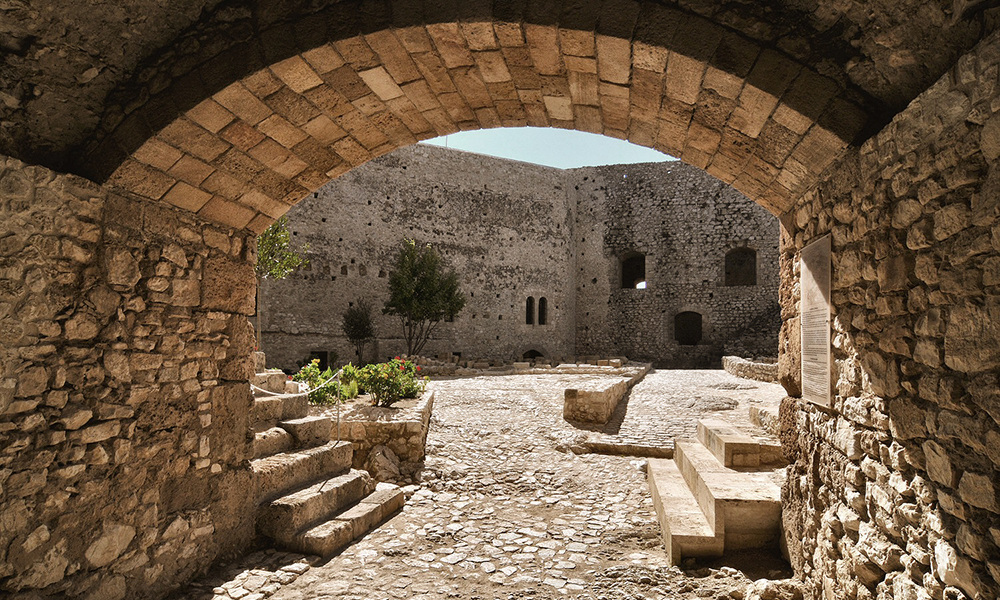
ANCIENT ELIS:
Built on the left bank of the Pineios river, ancient Elis was the city which organized the Olympic Games and was where all the athletes who took part in the games used to train. During excavations the agora and theatre of the ancient city were discovered. The museum, designed by the architect Anastasios Biris, was completed in 2004 and houses finds from the excavations.
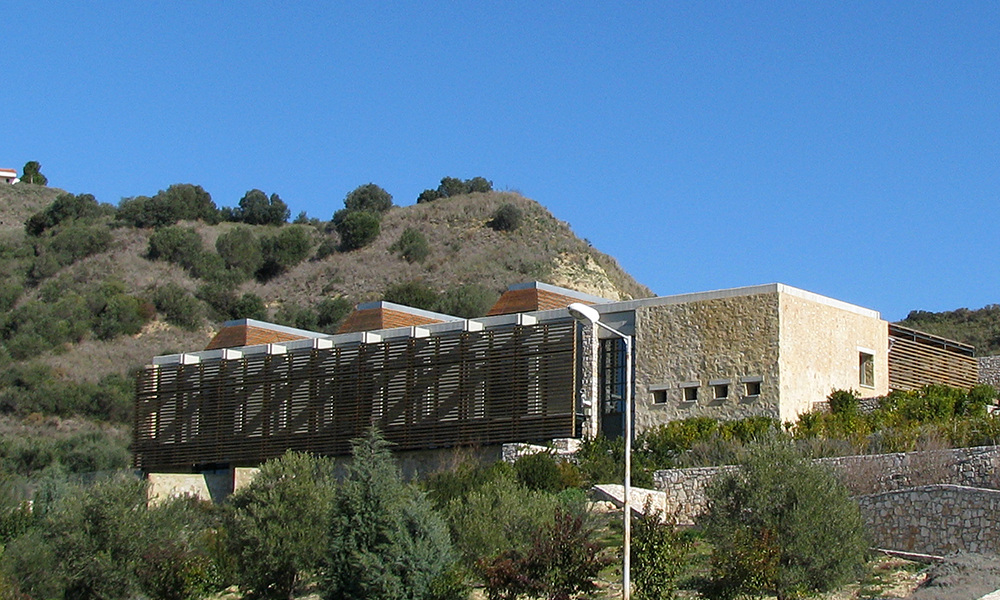
AGIA LAVRA MONASTERY
This is the historic monastery near Kalavryta which has been connected with the events of the beginning of the Greek Revolution. Many relics from the revolutionary period are on display in the monastery’s museum. Every year on 25th March crowds gather to watch the doxology and the reenactment of the blessing of the weapons by the Archbishop of Patras Germanos. A memorial to the fighters of 1821 has been erected in a prominent position near the monastery. Within the monastery grounds stands an ancient plane tree which is considered a listed natural monument.
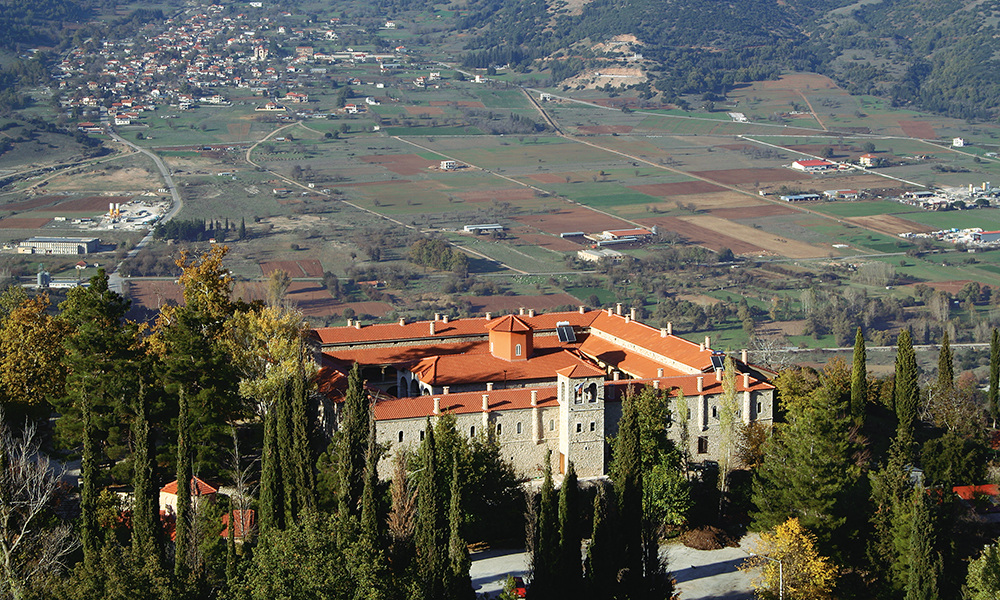
MEGA SPILAIO MONASTERY
Mega Spilaio is one of the most important places of pilgrimage in Greece and was built in a huge rocky hollow. According to tradition, the erection of the monastery dates back to the year 362, when the monks Simeon and Theodore and Saint Euphrosyne found an icon of the Virgin Mary. Fires and other disasters have left their marks on the building and destroyed many of the unique relics which the monastery possessed. Today, however, it still impresses visitors and compels thousands of the faithful to visit it.
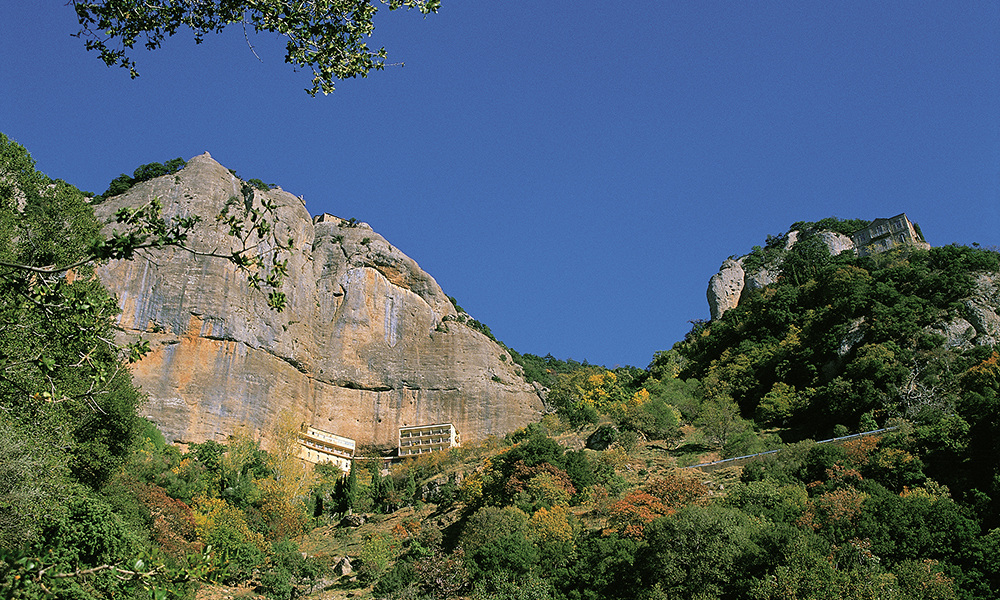
CAVE OF THE LAKES
The cave at Kastria near Kalavryta contains 13 lakes at different levels and a marvellous décor which has been formed drop by drop over the centuries: chandeliers, terraces, flowers and leaves and waterfalls in a variety of combinations and colours. However, it is not simply a place of natural beauty, but also the residence of prehistoric man and the inspiration of later generations who created myths about the daughters of King Proetus who were cured of insanity there.
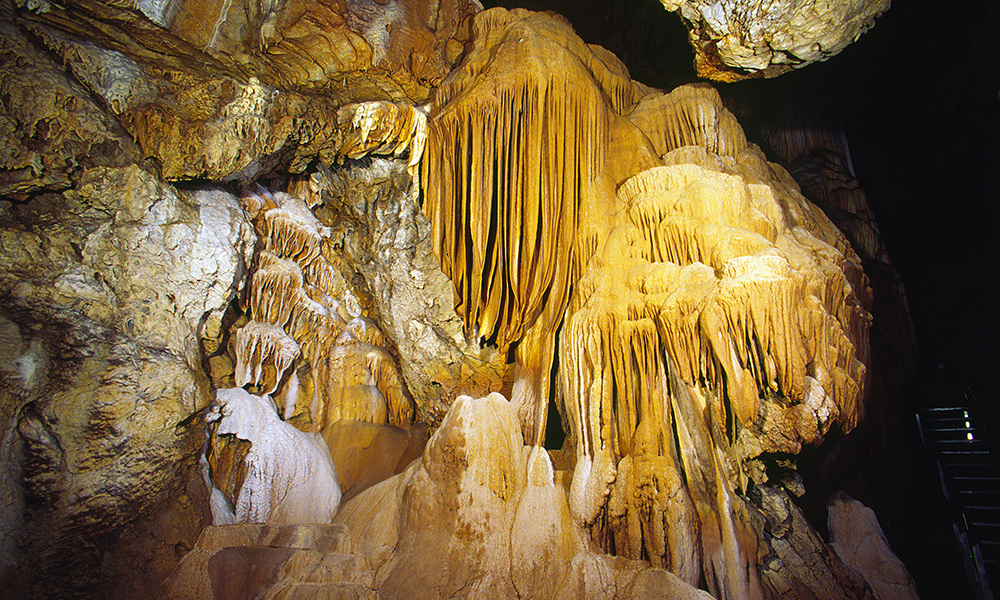
THE DYMEAN WALLS (TEICHOS DYMAION)
The Dymean Walls constitute a unique example of a fortified Mycenaean acropolis in western Greece. They are situated on a rocky outcrop at Araxos and, according to tradition, were built by Hercules during his struggle against the Epeans of King Augeas. There were later used as a defensive fortification by the nearby city of Dyme (now Kato Achaia) from which they took their name. Excavations have demonstrated the existence of settlements there from Neolithic to later times.
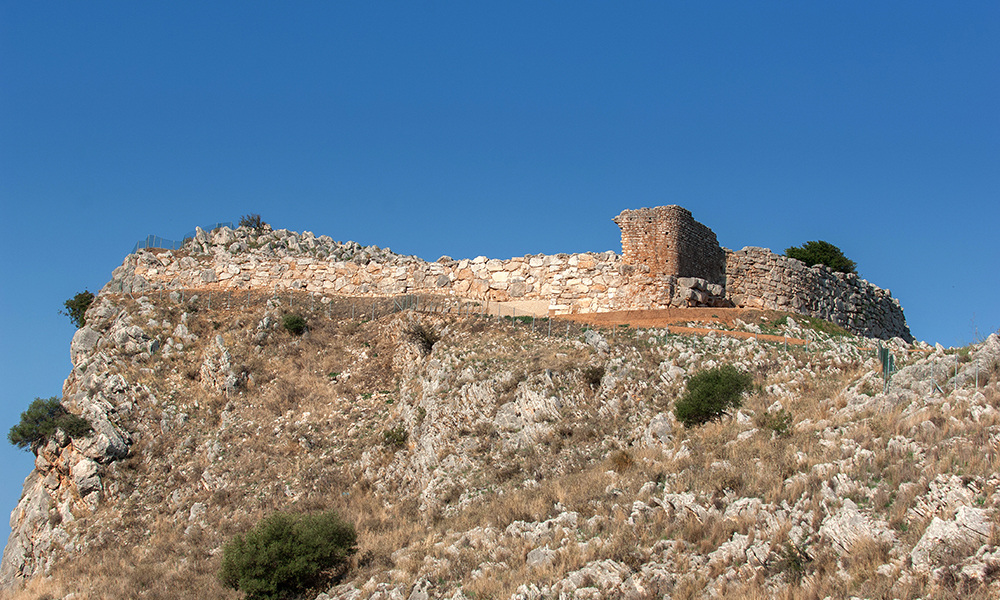
TSIVLOS LAKE
This is a natural lake located on the slopes of Mount Chelmos at an altitude of 800 metres. It was formed in 1913 when the bed of the river Krathi was blocked by a landslide.
